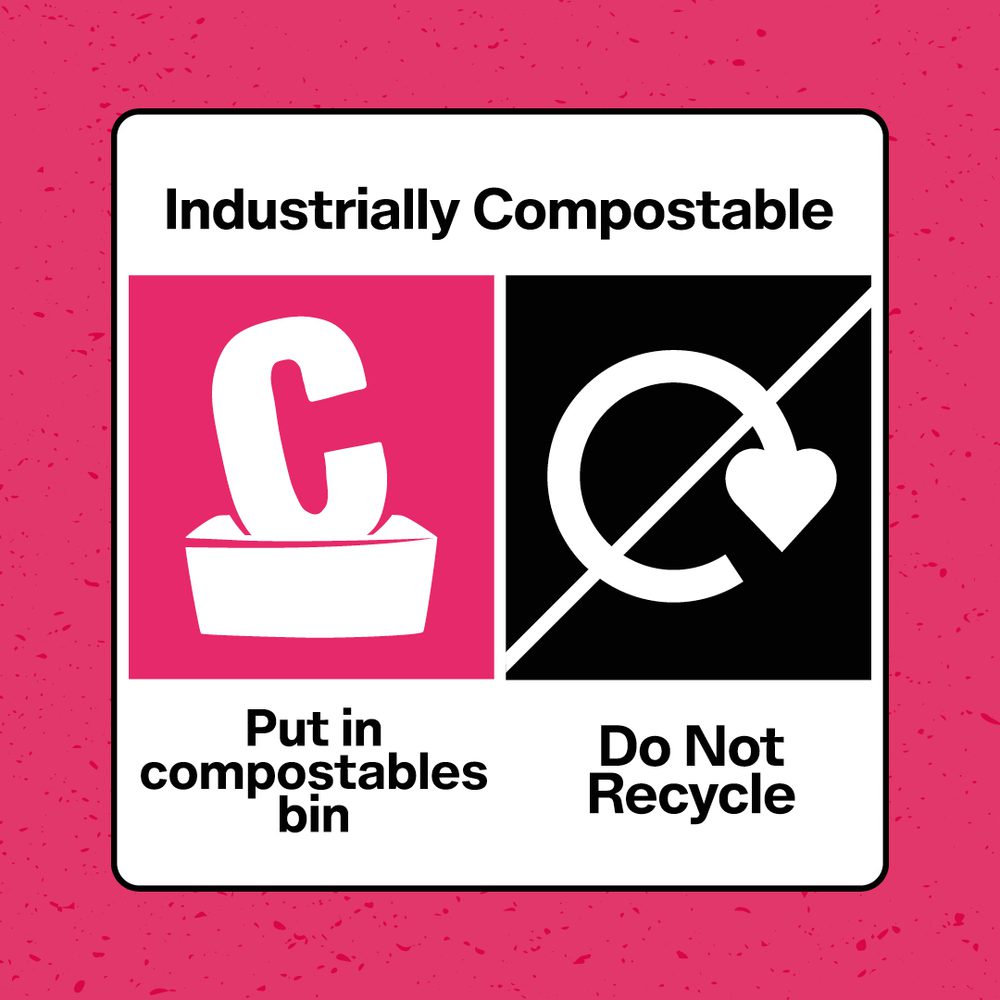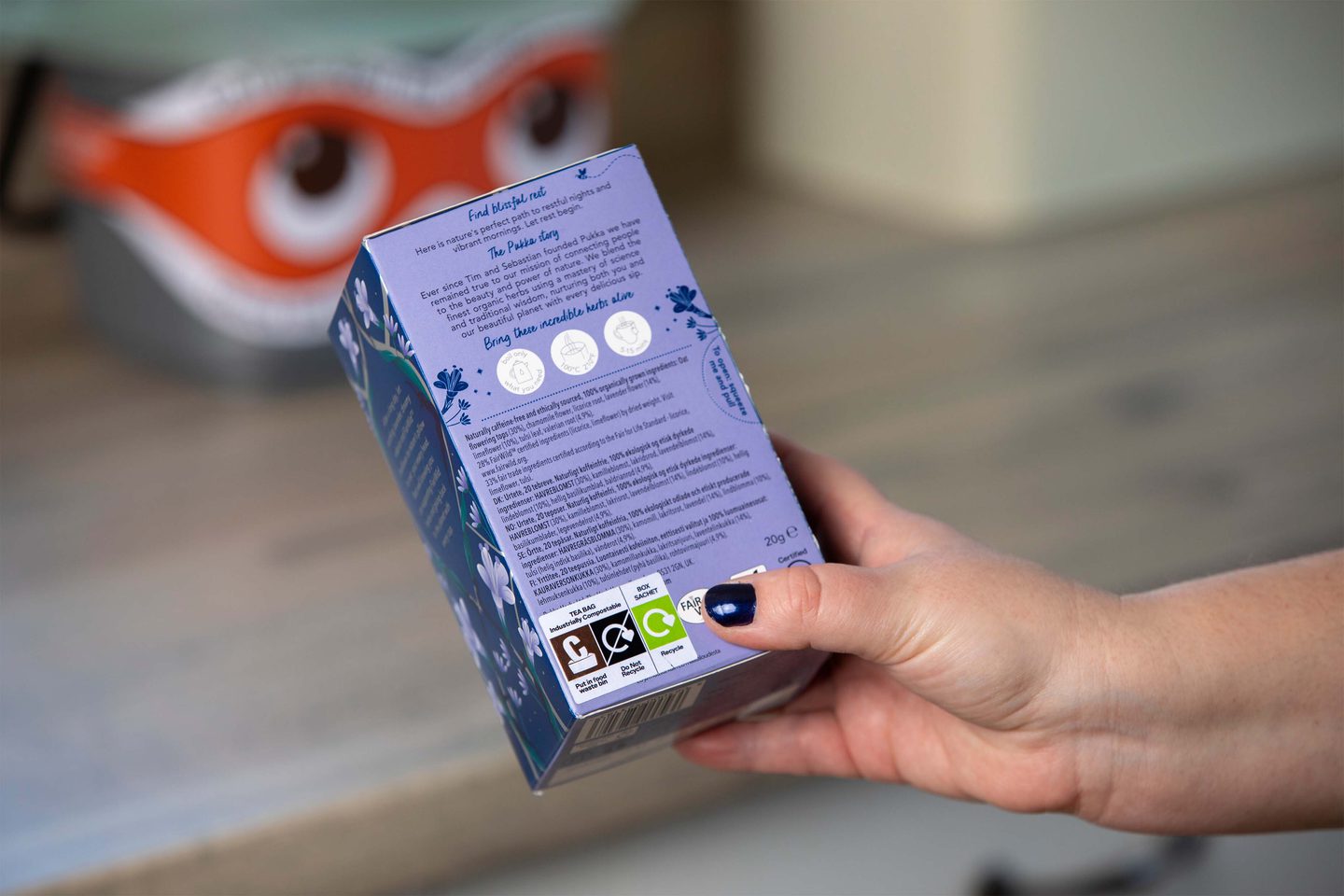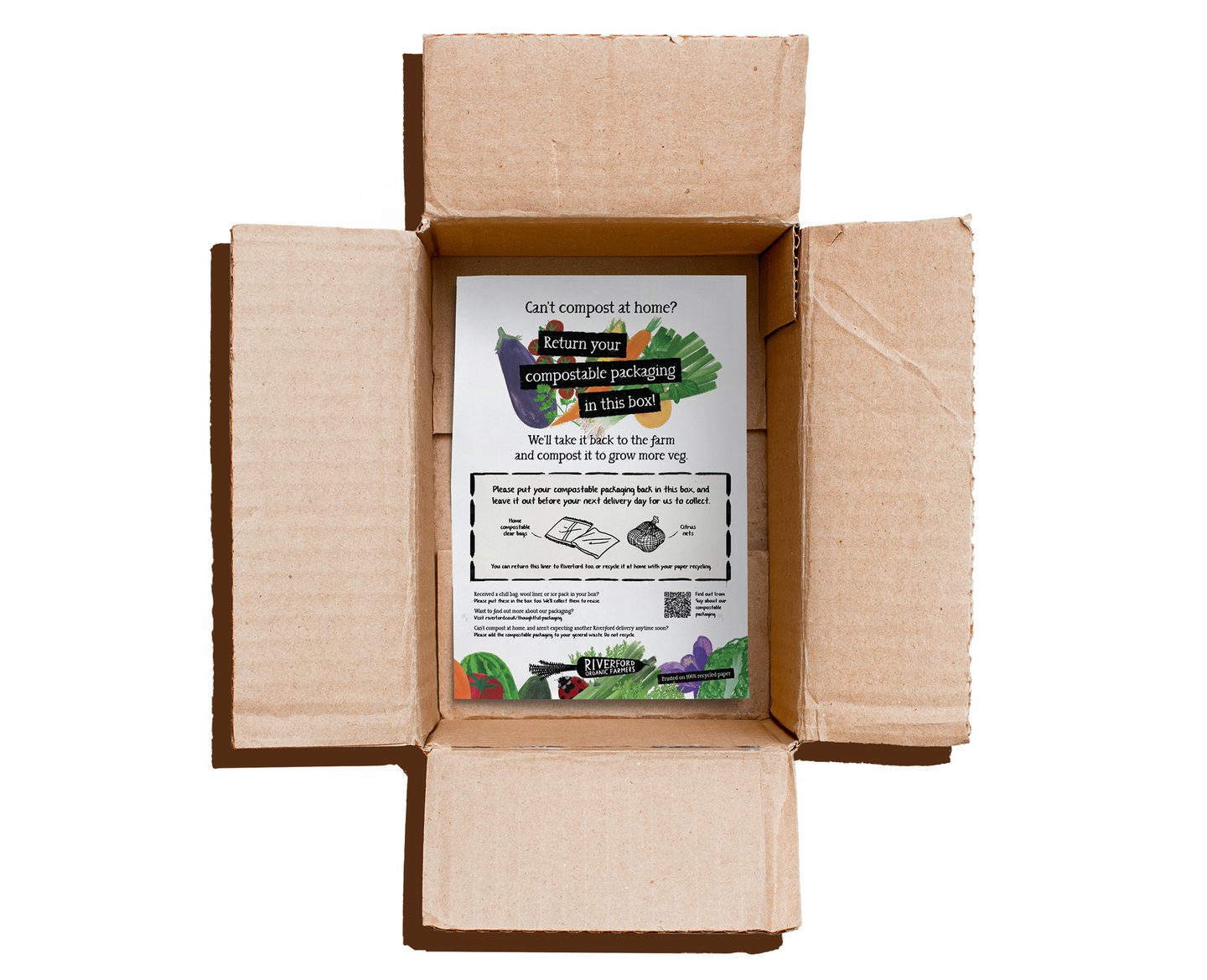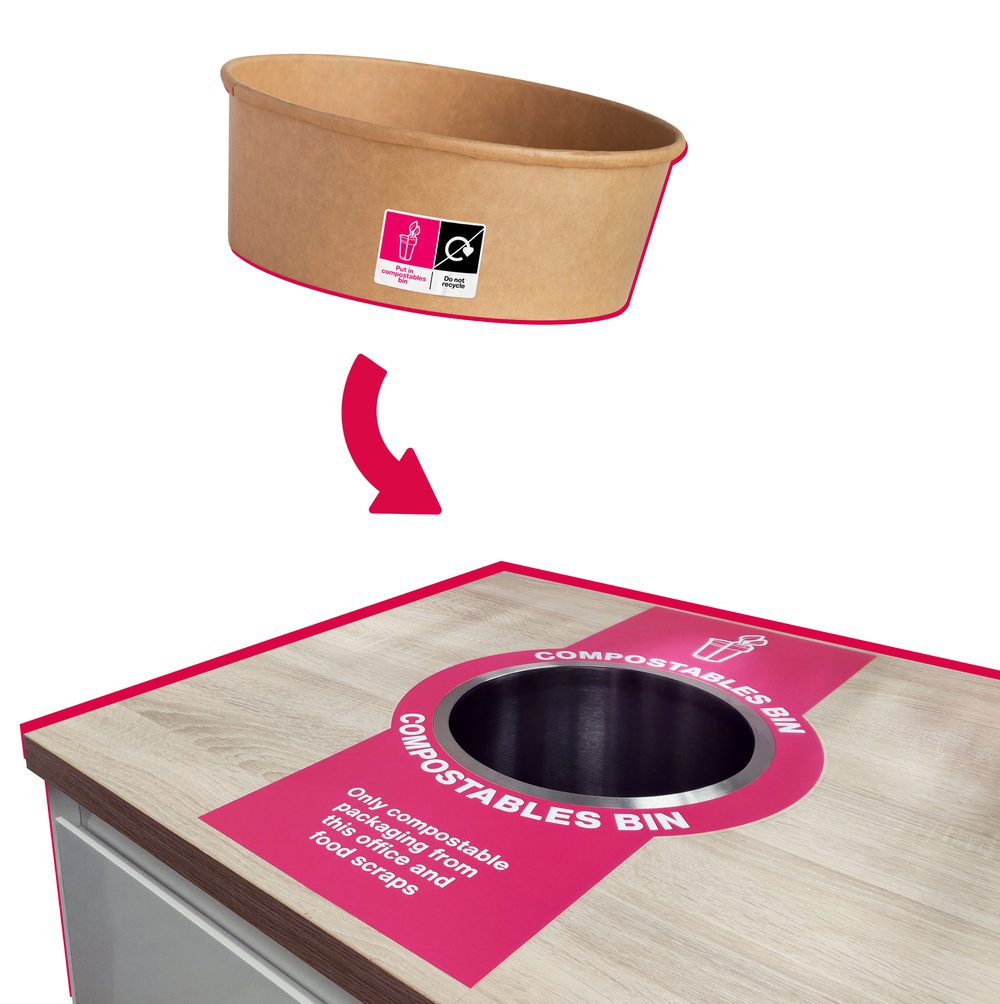Compostable packaging unearthed
Compostable packaging - a convenient solution to traditional single-use with less environmental impact, right? That’s not quite the whole story. But it is one that many people have bought into, with some businesses choosing to spend more on compostable packaging hoping to reduce their environmental impact and appeal to eco-conscious customers. So, when is compostable packaging the right material to use, and even then, can people do the right thing with it?
In May 2022, Hubbub joined the Compostable Coalition UK, a two-year project funded by UK Research and Innovation to explore how compostable packaging can be effectively collected and composted in the UK. Together with psychologists from the University of Sheffield, we led the behaviour change angle of the project to find out how well people can identify and dispose of compostable packaging in three different environments:
- A closed-loop trial with three offices in central London
- A local authority trial with 120 households in Medway, Kent
- A retailer take-back trial with customers of Riverford Organic Farmers
How did it go? Read the full report to find out the results and recommendations.
Digging into the issue
Packaging really is all around us, with UK households throwing away nearly 100 billion pieces of plastic packaging a year - 83% of which is food and drink packaging (Greenpeace). Some of this can be hard to recycle due to food contamination or complex materials, such as flexible plastics, small formats and foodservice packaging, and may present an opportunity to be switched to compostable packaging.
However, switching to compostable packaging requires a whole new waste stream and a different consumer behaviour, both of which can throw a spanner in the works:
- It’s difficult for people identify and know how to dispose of compostable packaging.
- There’s a big lack of infrastructure to collect and compost the packaging in the UK – if it doesn’t end up in a specific bin for compostable packaging, it doesn’t get composted.
- Even if it does get composted, it doesn’t automatically mean compostable packaging is environmentally a better option than conventional packaging.
Unearthing insights
We dug into the barriers around compostable packaging and people’s behaviours. Research led by the University of Sheffield throughout the trials revealed that:
- People find compostable packaging difficult to identify – a lot of it has been designed to look exactly like conventional packaging, and often doesn’t clearly say it’s compostable.
- It’s hard to know what to do with it – from unclear bin signage and lack of specific instructions, to the right bin for compostable packaging being available in the first place – there's a lot of mixed messages and ambiguity on where to put compostable packaging.
- People don’t know what happens to compostable packaging - Lack of awareness of the composting process means that people don’t understand the impact of whether they correctly dispose of compostable packaging or not.
What we tested
Based on these insights, we designed and tested a range of interventions which included:
- Making compostable packaging easier to identify, by adding front-of-pack messaging and other visual reminders to make clear that the packaging was compostable and nudge people to check how to dispose of it.
- Making it easier for people to know how to dispose of compostable packaging, by creating disposal labels with bold colour, clear symbols and specific instructions, matched up with clear bin signage and printed communications.
- Motivating people to do the right thing with compostable packaging, with a range of interventions from a video and infographic to bags of actual compost, to bring the composting cycle to life and help people understand the impact of disposing of compostable packaging correctly.



What difference have we made?
- The closed loop trial saw an increase from 32% to 77% in the proportion of compostable packaging disposed of in on-site compostables bins.
- The local authority trial saw a 76% increase in the weight of compostable packaging disposed of per household in their food and garden waste bins.
- The takeback trial saw an increase from 29% to 66% in the number of customers self-reporting that they’d returned their compostable packaging to Riverford.
Our key recommendations for communicating about compostable packaging:
-
Include clear front-of-pack messaging to highlight that packaging is compostable.
-
Integrate a standardised disposal label on all compostable packaging featuring a unique symbol and clear disposal instructions – like we have with recycling labels on packaging.
-
Use a consistent, bright colour theme across packaging labelling and bin signage to make it easier to recognise.
-
Design compostable packaging to look or feel different from conventional options, so they’re easier to tell apart.
-
Raise awareness with the public on checking labels, how to dispose of it, and the industrial composting process.
-
Have transparency and clear communication from compostable packaging producers about what the packaging is made from and its environmental impact.
Should you be using compostable packaging in the first place?
Can you move further up the waste hierarchy and opt for reduction, reuse, or stick to packaging that can be recycled effectively? If yes, do that instead.
Will it end up being industrially composted? If not, it’ll be incinerated, landfilled, or might contaminate recycling. We don’t recommend home composting as it’s only available to a minority of people and has mixed results.
Ultimately, is there clear evidence it’ll have a lower environmental impact than other packaging options? While it’s often treated as a quick fix that’s better for the environment, this isn’t necessarily the case.


